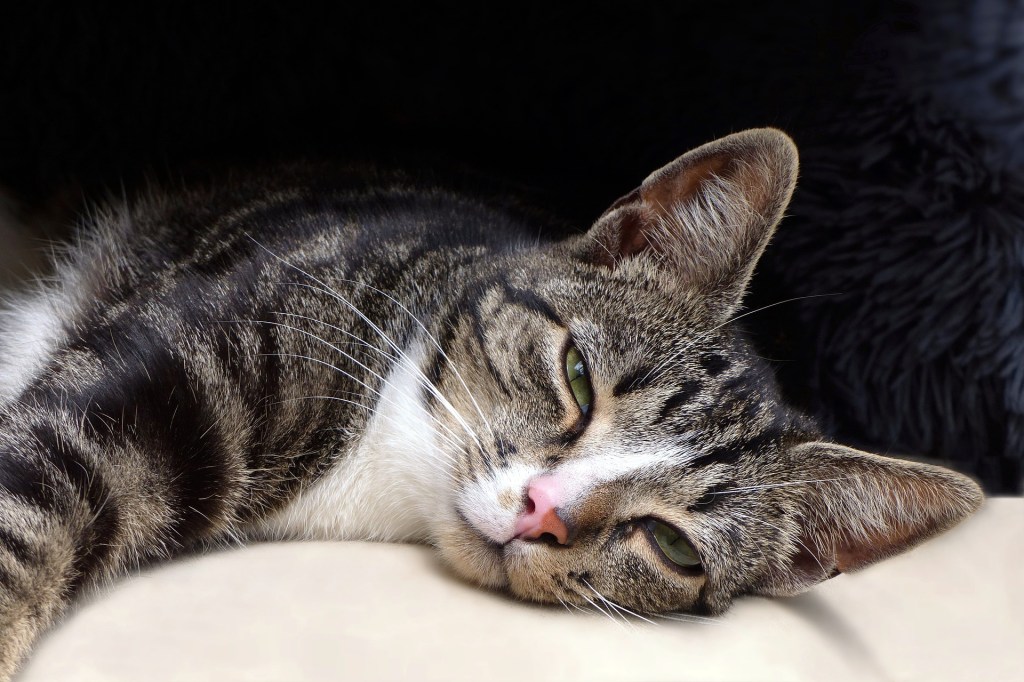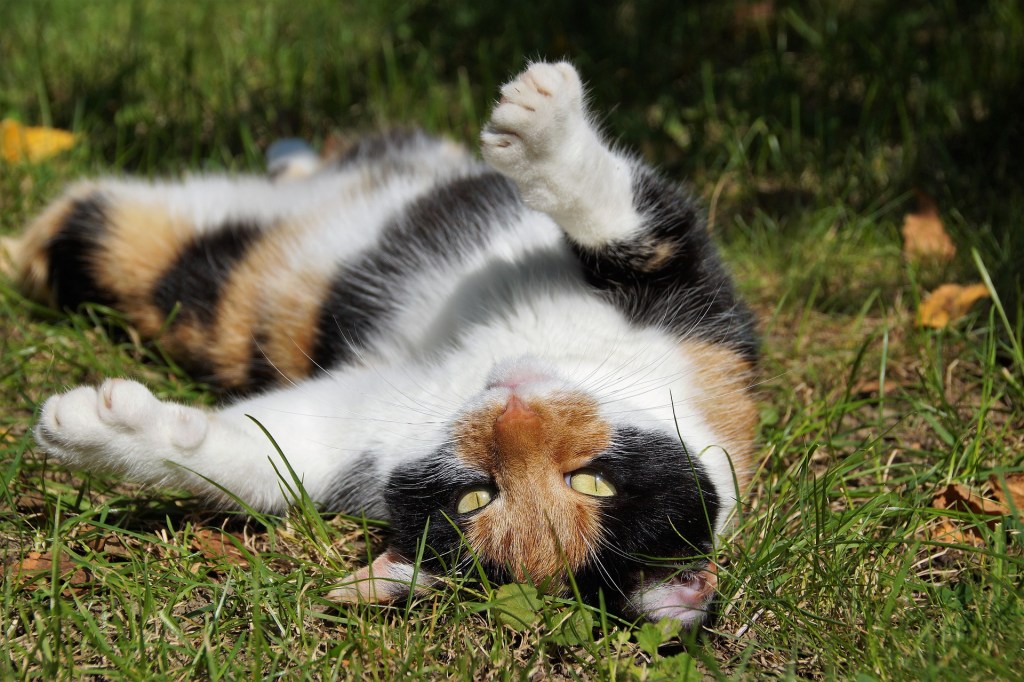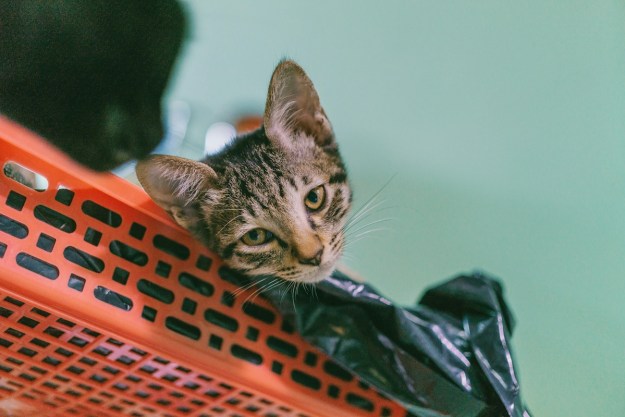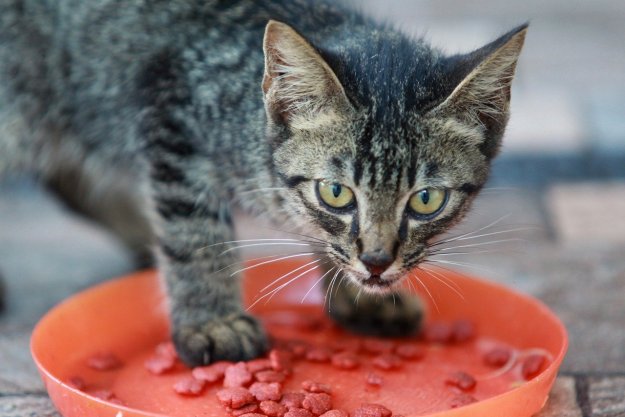In both humans and cats, blinking serves multiple purposes. It helps to flush debris out of the eye, keeps the eye hydrated, and can even protect the eye from impacts. But sometimes your cat blinks for other reasons, especially if he looks at you and blinks slowly and deliberately. This special blink isn’t so much a physical response as it is a way for your cat to get a message across to you. And, if your cat is appearing to blink slowly at you, you’re lucky, indeed. So, why do cats blink when they look at you? Understanding what this behavior means can help you to better communicate with your cat.

Why cats blink at you
“Slow blinking” is a term for describing when a cat holds his eyelids almost closed and seems to wink at you. If you see your cat displaying slow blinking, you’re witnessing a special behavior. According to PetMD, slow blinking signals that your cat trusts you. Since cats often display this behavior while they’re rolling on their backs and purring, it’s likely that your cat is telling you that he feels safe around you. In other words, this blinking is a compliment!
Science Alert reports that a slow-blinking message can go both ways, and you may be able to blink at your cat as a way of showing him that you love and trust him too. Scientists have observed how cats and humans interact and found that cats are more likely to slow blink after a human exhibits the behavior first. In a separate study, scientists found that cats are more likely to approach a human’s outstretched hand after that human has slow blinked at the cat.
You can experiment with this method in your home. When your cat is relaxed, sit nearby and narrow your eyes until they’re nearly closed. Do this a few times, then watch your cat to see how he responds. Look to see if he slow blinks back at you or if he exhibits other signs of relaxation, like purring or lying down, or if he approaches you.

Additional cat body language to watch for
Cats communicate through body language, and the more you learn to read that body language, the better you can understand your cat. The slow blink is just one element of body language that you can learn to recognize.
Cat behaviorist Jackson Galaxy explains that there are several common cat body language signals that humans often misinterpret.
The “Halloween cat” with an arched back might appear aggressive, but if you notice your cat assuming this posture, he’s actually communicating that he’s scared. Your cat is literally making himself as big as possible because he feels threatened and is trying to protect himself.
If your cat lies on his back, you might think that he’s asking for a belly rub, but if you reach out and touch his belly, he’ll probably swat at you and might even bite you. Your cat’s showing you his vulnerable belly is a posture that demonstrates trust. It doesn’t mean that he wants you to rub his belly, though.
Tail wagging is another form of body language that doesn’t mean what you might expect. We’re used to associating tail wagging with happiness because that’s the common meaning in dogs. But with cats, tail wagging indicates agitation and excess energy. You might notice that your cat wags his tail more and more until he finally leaps up, leaves the area, or even attacks.
Final thoughts on cat blinking
Remember, cat body language is significantly different than dog body language. Behaviors and postures like a wagging tail and an exposed belly mean something different when your cat does them than when your dog does. If you’re used to dog body language, you’ll need to study cat body language to better understand the feline members of your household. There are tons of cat body language resources available online, including plenty of videos and images that you can review. Spending a little time learning about what your cat is trying to say can help improve your communication with him, and your cat will thank you for putting the effort into understanding him.
Editors' Recommendations
- This is why cats pee on clothes (and how you can save your wardrobe in the future)
- These useful tips can help you support your senior cat’s health
- Why do cats fight? They’re not just being jerks
- Why do cats roll in dirt? 10 reasons for their dust bath
- Why do cats cover their face when they sleep? This adorable behavior, explained


